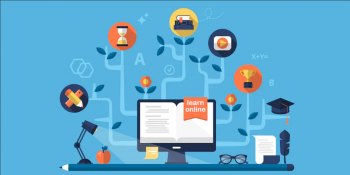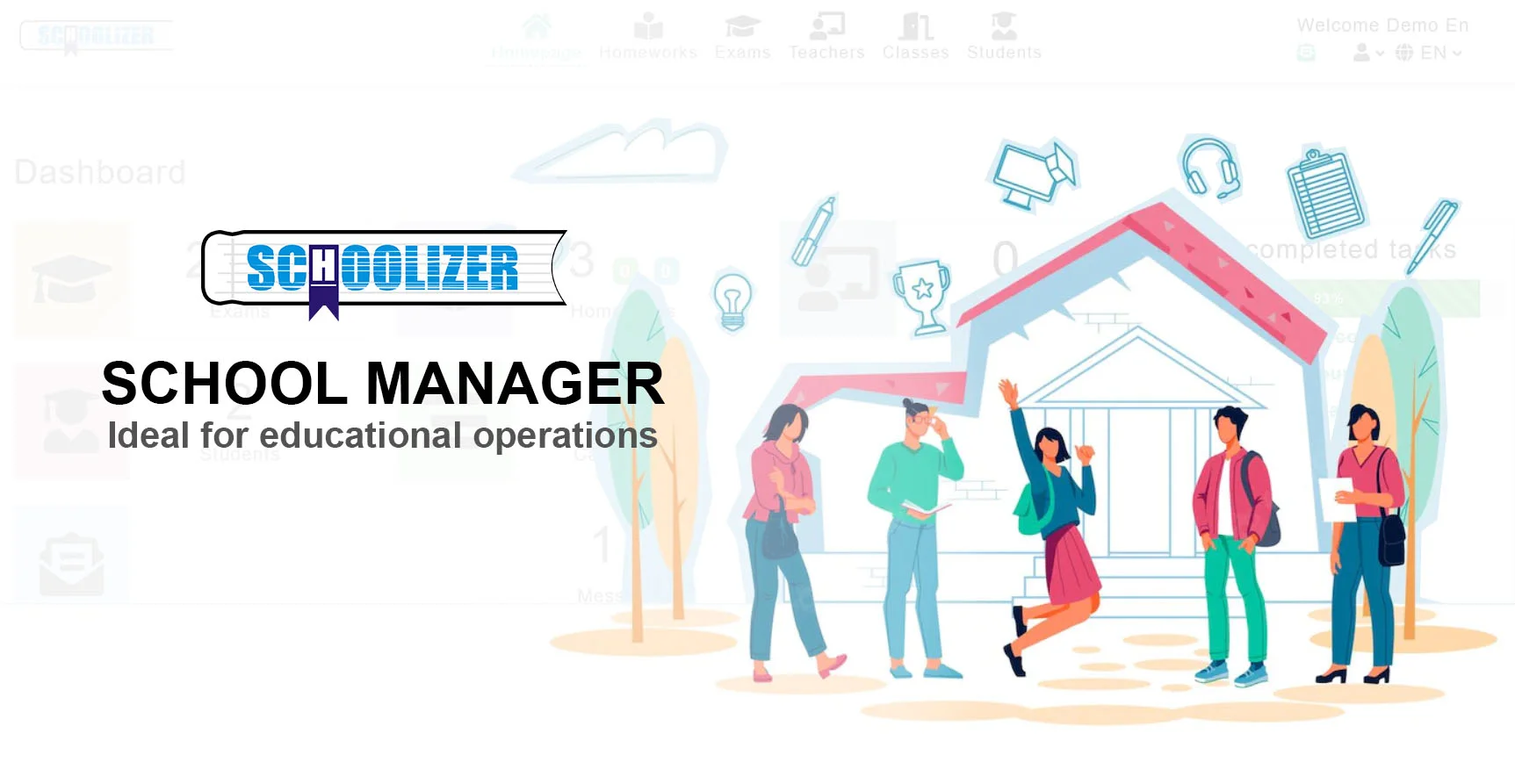Curriculum Development Process: Key Stages and Best Practices in 2024

Curriculum development is a dynamic process that shapes the educational experiences of students. In 2024, educators are embracing innovative approaches and best practices to create effective curricula.
Understanding the key stages and best practices in curriculum development is essential for meeting the diverse needs of learners in today's educational landscape.
The Curriculum Development Process: What Is It?
- Identify the educational needs and objectives.
- Conduct thorough research and analysis of educational standards and best practices.
- Gather input from stakeholders, including educators, administrators, and students.
- Design a framework that aligns with educational goals.
- Create a plan that addresses diverse learning styles.
- Incorporate feedback and make revisions as necessary.
- Implement the curriculum and continuously evaluate its effectiveness.
- Adapt the curriculum to evolving educational needs and best practices.
Read More: Effective Questioning Techniques for Teachers.
The 5 Stages of Curriculum Development
There are 5 stages to developing a curriculum, here are they:
1- Need Assessment
- Identify the educational needs and objectives.
- Gather input from educators and students.
- Conduct thorough research and analysis of educational standards.
- Find the resources and support required for curriculum development.
- Assess the current curriculum and its effectiveness.
2- Setting Clear Goals
- Define specific and measurable educational goals.
- Align the goals with the overall educational mission and vision.
- Ensure that the goals address diverse learning styles and student needs.
- Establish a timeline for achieving the goals.
- Communicate the goals effectively to your students.
3- Design the Curriculum
- Develop a framework that aligns with your educational goals.
- Create detailed lesson plans and instructional materials.
- Incorporate feedback from experts in the field.
- Ensure that the curriculum addresses various learning abilities.
- Integrate social media and innovative teaching methods.
4- Implementation
- Train educators and staff on the new curriculum.
- Provide necessary resources and support.
- Monitor the progress of curriculum implementation.
- Address any challenges or barriers that could face you.
- Encourage collaboration and communication.
5- Evaluation
- Establish criteria for evaluating the effectiveness of the curriculum.
- Collect and analyze data on student performance and engagement.
- Seek feedback from educators, students, and parents.
- Identify areas for improvement and make necessary revisions.
Read More: How to Deal with Students on the First Day of School?

Factors Influencing Curriculum Development
The factors influencing curriculum development include:
1. Educational Philosophy
The underlying beliefs and values about education shape the curriculum's content, structure, and instructional methods.
2. Societal Needs
The curriculum should address the needs of society, including:
- Workforce demands
- Cultural diversity
- Global perspectives.
3. Student Diversity
Considering students' learning styles and abilities is crucial in developing an inclusive and effective curriculum.
4. Technological Advancements
Integration of technology and digital resources influences curriculum development to prepare students for the modern world.
5. Educational Research
Current educational research and best practices inform curriculum development to ensure it aligns with effective teaching and learning strategies.
6. Government Standards
Compliance with educational standards and regulations set by government bodies influences curriculum development to meet academic requirements.
7. Resource Availability
The availability of resources, including funding, materials, and facilities, impacts the design and implementation of the curriculum.
8. Assessment and Evaluation
Consideration of assessment methods and evaluation criteria ensures that the curriculum aligns with desired learning outcomes and student achievement.
Read More: Top Tools for School Management, 8 Must-haves for All Administrators.

Best Practices for Effective Curriculum Development
Here are some best practices for effective curriculum development:
- Ensure that the curriculum aligns with the educational mission and goals.
- Conduct a thorough needs assessment to identify the knowledge learners need to acquire.
- Define clear and measurable learning outcomes.
- Articulate what students should know and be able to do upon completion of the curriculum.
- Incorporate strategies to address students' diverse learning styles.
- Integrate relevant and effective technology to enhance teaching and learning experiences.
- Prepare students for the digital age.
- Implement a system for ongoing evaluation and feedback.
- Assess the effectiveness of the curriculum and make necessary improvements.
- Engage educators, administrators, students, parents, and community members in the curriculum development process.
- Ensure diverse perspectives and needs are considered.
- Provide professional development opportunities for educators.
- Implement the curriculum and stay updated on best practices effectively.
- Design the curriculum to be flexible and adaptable to accommodate changes in educational trends and developments.
Read More: Top 10 Classroom Management Strategies for Effective Learning
To Conclude
As we navigate the educational landscape of 2024 and beyond, the curriculum development process remains a cornerstone of effective teaching and learning.
By embracing best practices and staying attuned to the evolving needs of students, educators can create curricula that foster engagement, critical thinking, and lifelong learning. Visit Schoolizer to get new information on how to develop the best curriculum.
Read More: What is Educational Technology? A Comprehensive Guide for Teachers in 2024.
FAQs
1- What are the 5 steps of curriculum development?
The 5 steps of curriculum development are: needs assessment, goal setting, content selection, implementation, and evaluation
2- What are the four elements of curriculum development?
The four elements of curriculum development are objectives, content, learning experiences, and assessment.
3- What are the major components of a curriculum?
The major components of a curriculum include goals and objectives, content, teaching strategies, assessment, and resources.
4- What is the curriculum process?
The curriculum process involves planning, development, implementation, and evaluation of educational programs.
5- How do you develop a curriculum?
Developing a curriculum involves:
- Conducting needs assessments
- Setting clear objectives
- selecting relevant content
- Designing effective learning experiences
- Implementing assessment strategies.






